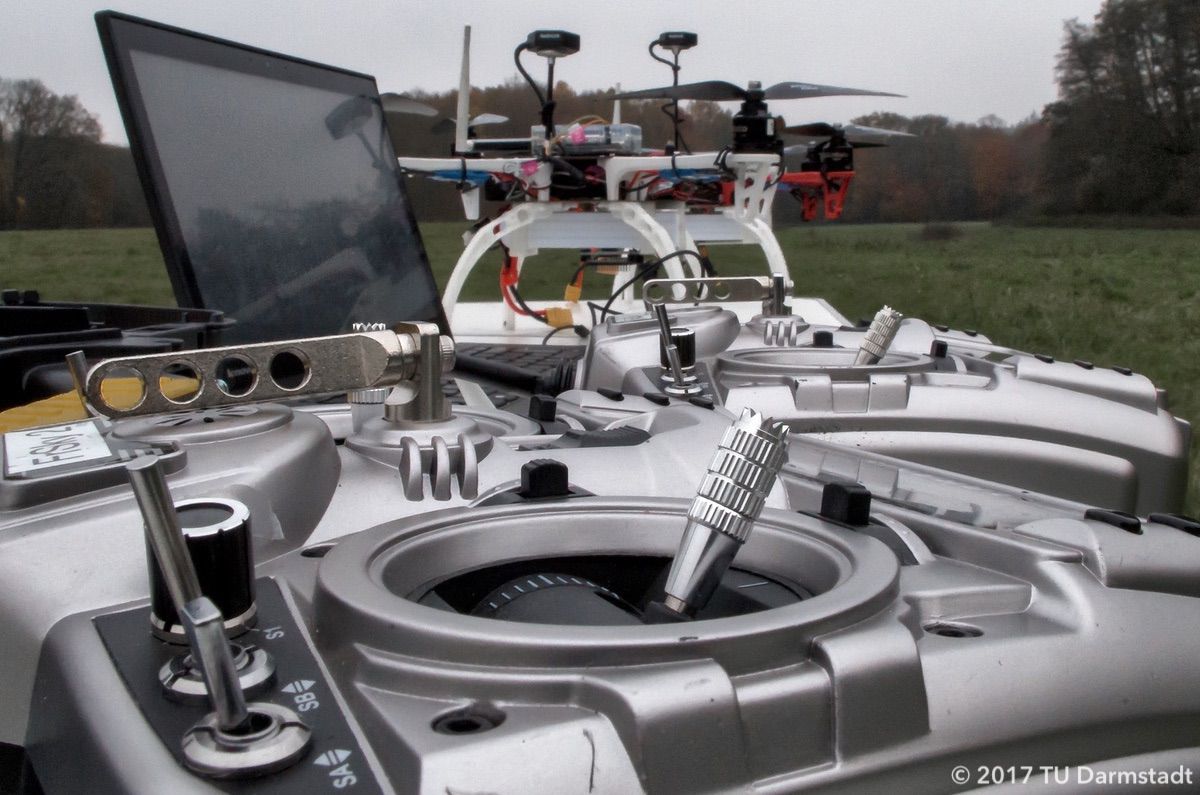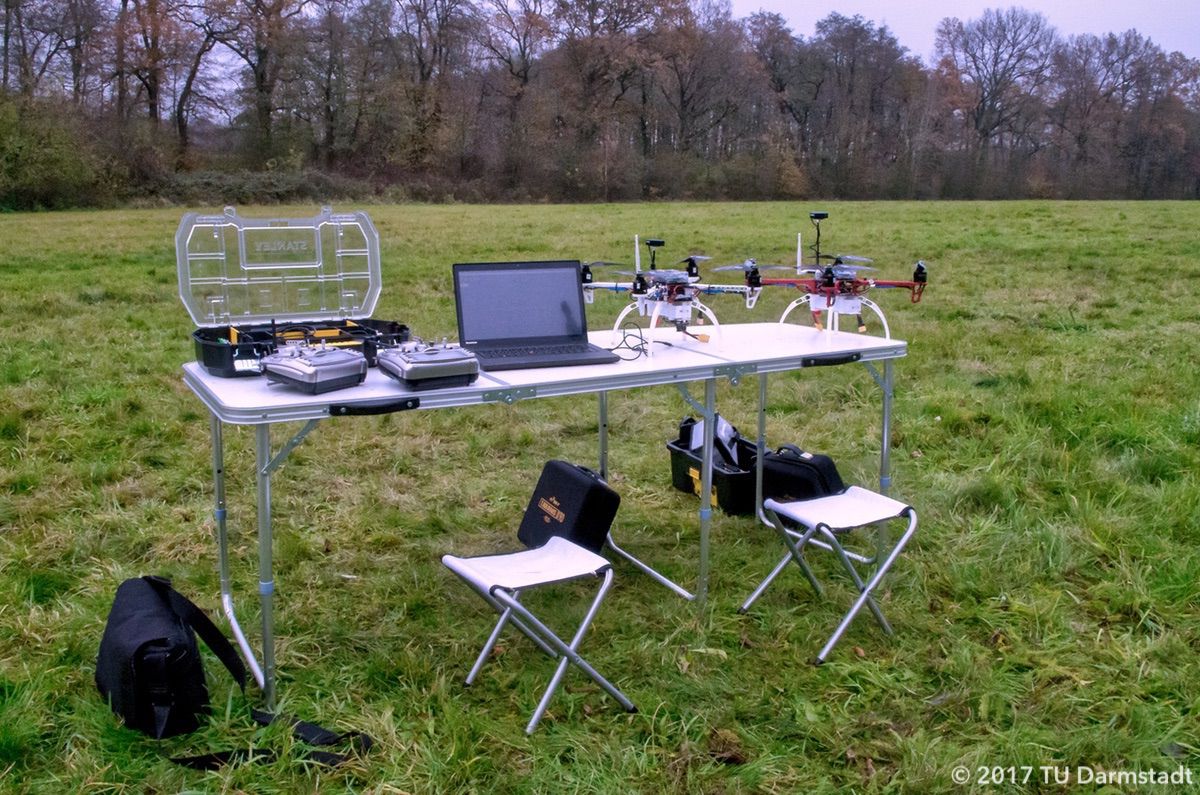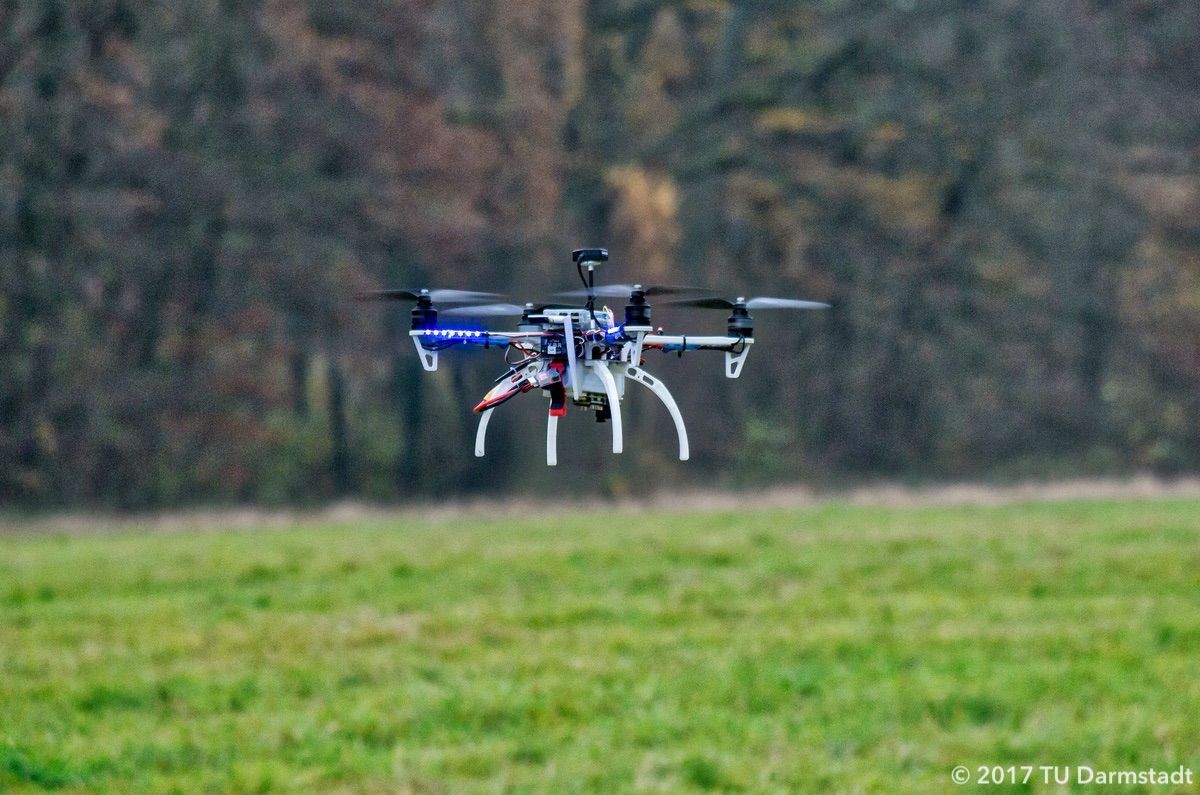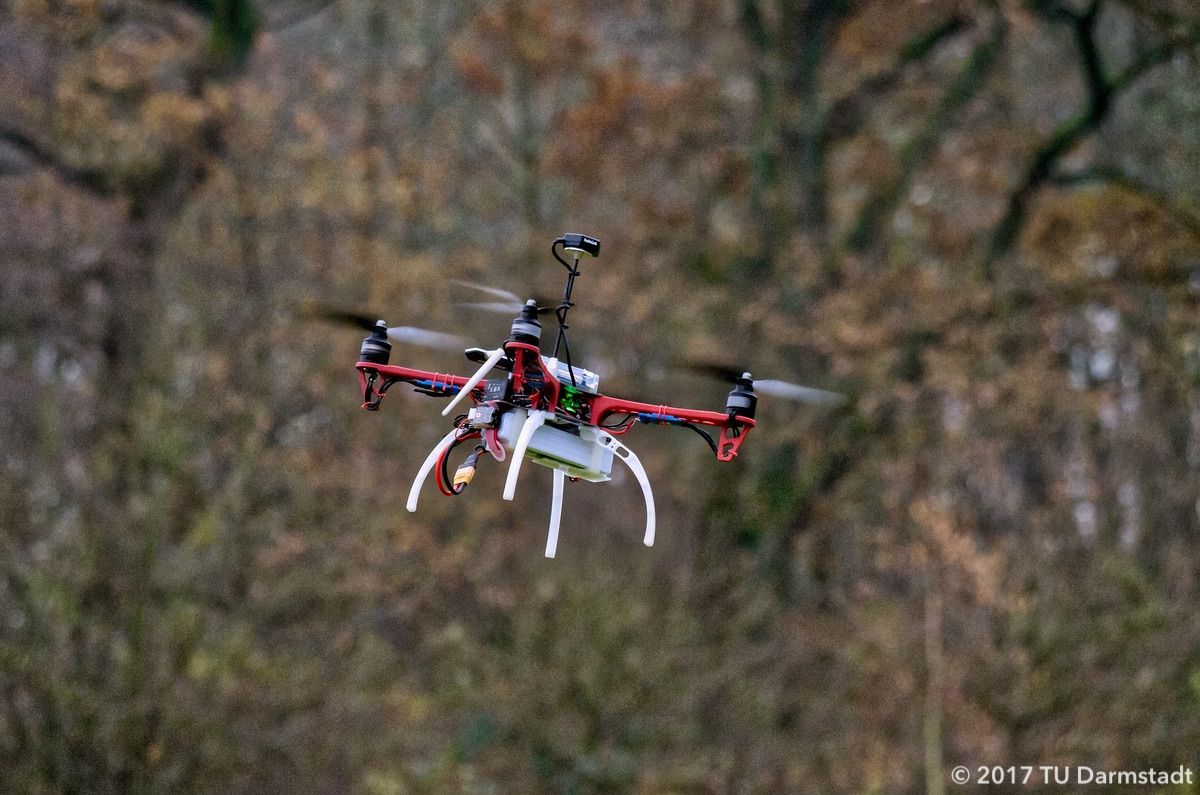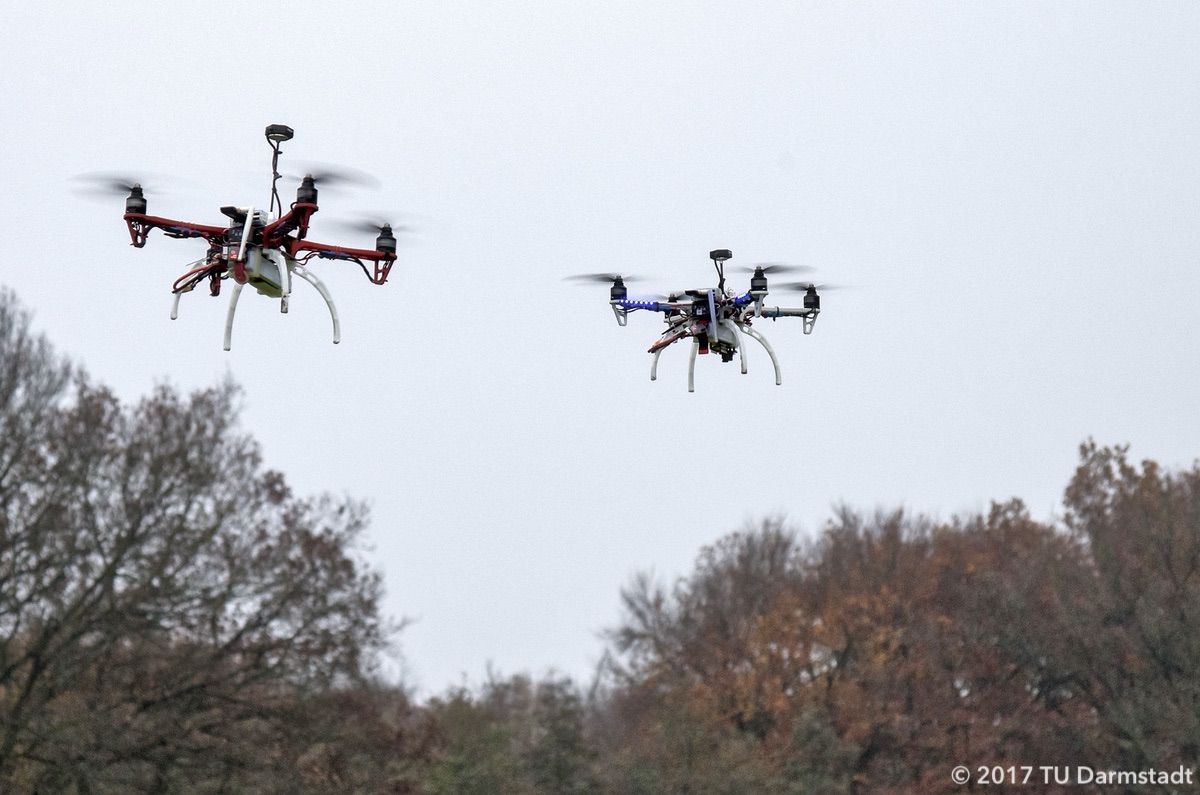Current projects
To reach our goals there are a number of challenges to tackle. Our work is currently focusing on the following:
- Active Learning, Search, and Tracking: This project considers the problem of noisy search and tracking of a set of potentially moving targets (e.g., lost persons or animals) by a networked collection of small and low cost unmanned aerial vehicles and drones who have the ability to control and orchestrate the inspection sequence of sub-regions of the total search area.
- Security architectures for embedded devices: This project consider lightweight security architectures that provide a variety of hardware-based security features for real-time embedded devices such execution-aware memory protection, local and remote attestation, and secure boot.
- Swarm attestation: Ensuring software integrity (including OS, apps, and configurations) on smart devices is essential to guarantee both privacy and safety. A distinct emerging security service to protect the software integrity of embedded devices is remote attestation: A process that allows a remote verifier to validate the integrity of the software of a device. While individual device attestation concerns single devices, efficient and secure attestation of large network of devices remains a challenging problem. This project considers the scalable attestation schemes and their application of swarm of drones.
- Resilient security: Today's computer systems are increasingly connected to cyberphysical systems bringing together security and safety critical tasks. Dependable solutions aim at fault-tolerant schemes to guarantee the correct functionality and meet the safety goals of the underlying system. However, they do not typically consider malicious attacks. This project considers resiliency aspects for both faults and malicious attacks so that a collaborative system can provide its functionality even if a part of the system (a subset of devices) are under the adversary’s control.
- Robust AI: As the first step this project is considers novel end-to-end computing framework and tools for characterizing the assurance and thwarting adversarial space in machine learning. The framework protects neural networks against adversarial samples, which are perturbed inputs carefully crafted by malicious entities to mislead the underlying DL model. The precursor for the proposed methodology is a set of new quantitative metrics to assess the vulnerability of various deep learning architectures to adversarial samples.
